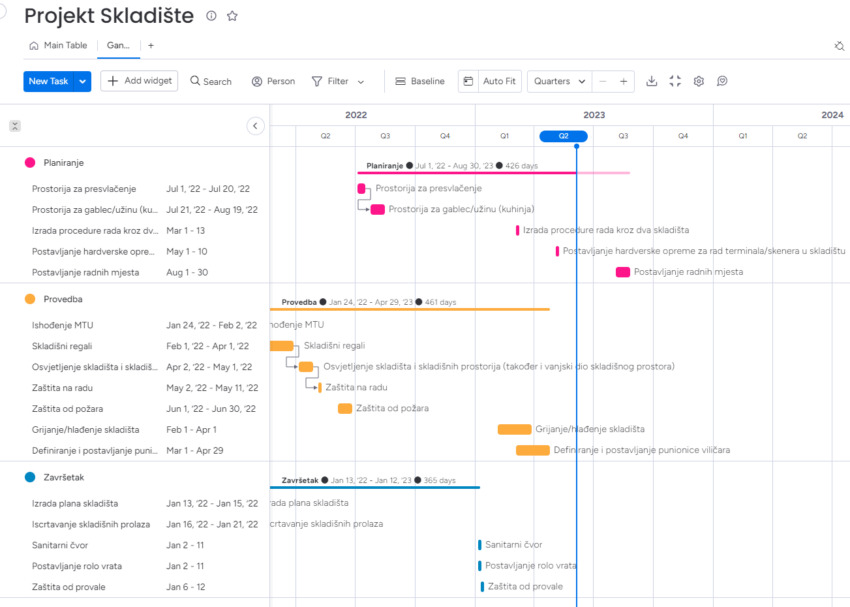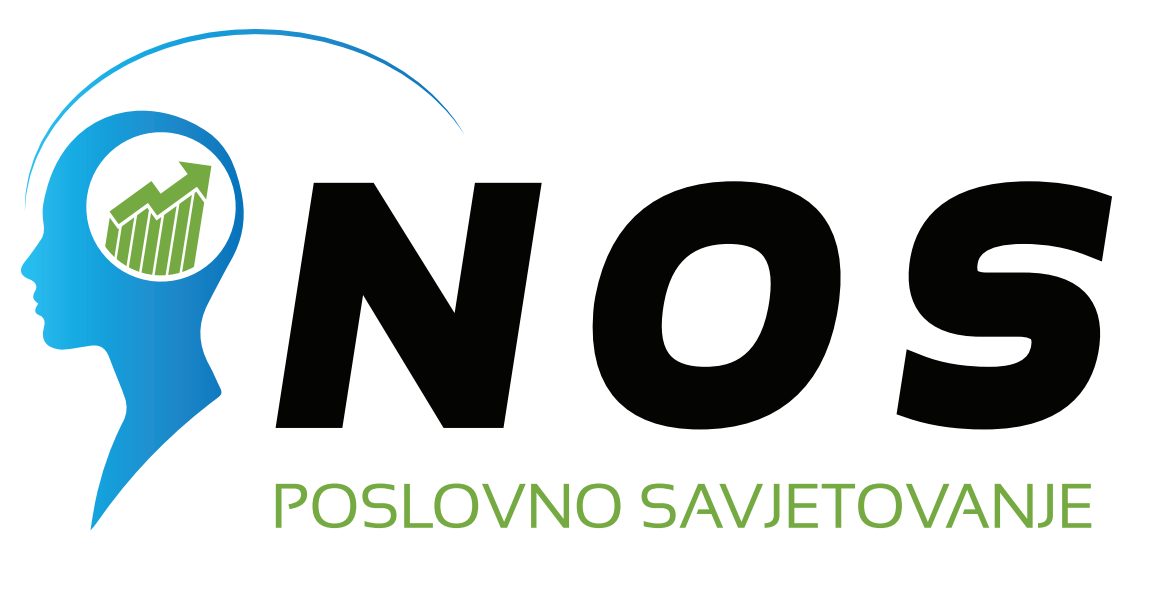Digitalization Project Management
A project is a series of temporary tasks that exist to achieve a specific result. Each project, including digitalization projects, will have pre-agreed and unique goals, as well as its own project plan, budget, timelines, and expected outcomes. Projects must also deliver what they are set out to do, i.e., they must achieve the defined benefits for the organization in which they operate.
Project management is a process that guides the team’s work towards achieving all the specified project goals within certain parameters. Digitalization project management may involve changes in organizational culture, structure, and processes.
The fundamental idea of digitalization project management is to create a comprehensive project that fulfills its purpose. The expected goal can only be achieved through a clear plan and organization. There is no one-size-fits-all management approach for all digitalization projects; the management plan is determined individually for each project.

Key Steps
The key steps that effective digitalization project management should include are:
1. Goal Definition
The first step establishes the foundation of the project. It is necessary to define the expected duration of the project, the budget allocated, the innovations the project will bring, etc.
2. Planning
Through planning, key milestones and dates, including the final project completion date, are set. In this step, team members are selected, descriptions of the results the company wants to achieve are outlined, available resources are assessed, and all related activities are determined.
3. Implementation
The implementation phase of the digitalization project is often the longest and most complex step in project management. This is where all planned activities are put into action to ensure the digitalization project is carried out in the best possible way.
During the implementation phase, predefined processes and their sequence must be followed without ambiguities and changes.
Clients need to be involved in the implementation phase. Informing all stakeholders about the project’s progress can prevent misunderstandings and delays. It also allows for adjustments to agreed-upon outcomes, with further planning based on these adjustments.
4. Project Monitoring
Project monitoring involves reviewing information collected during tracking and making decisions based on the gathered information.
Using appropriate project documentation and tools facilitates project monitoring, enabling the identification of any deviations from the plan and understanding why deviations occurred. Monitoring ensures that the project stays on the right track and achieves the desired results.
5. Project Closure
Project closure is the final step where the entire process is analyzed. Final tests are conducted to determine whether the project results meet the defined expectations. The closing report should describe how successful the project was in relation to the defined goals.

The success of a digitalization project can be defined by its achievement in scope, time, and cost. It is crucial that the digitalization project meets its primary goal, which we consider achieved if it has successfully realized a return on investment and met client expectations with its results.
It’s important to note that the success of digitalization project management can be subjective and depends on specific goals, expectations, and the project context. Therefore, regular assessment of project results and conducting evaluations are essential to identify potential areas for improvement and to gather insights for future projects.
Contact Us
Need help?
Feel free to contact us. We will contact you as soon as possible.
info@nos.hr
+385 01 64-385-64
